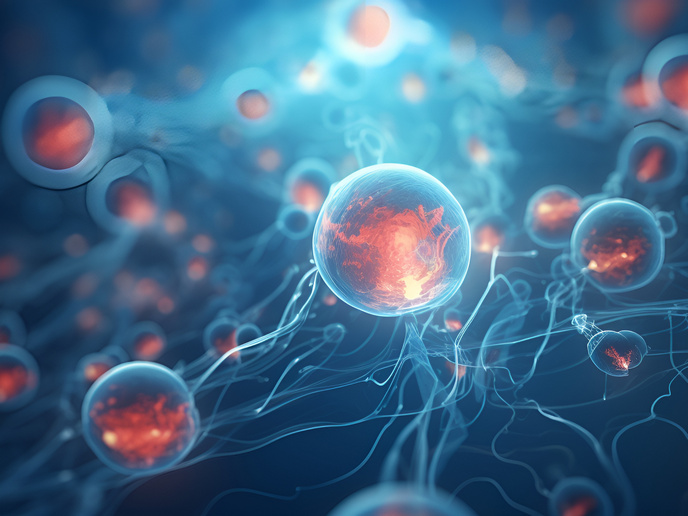Hydrogels to take on cancer
Cancer is a leading cause of death in Europe and affects many peoples' lives, either directly or indirectly. It produces much suffering and drastically affects patients' lives, often with long periods of hospitalisation. This puts significant financial stress and social pressure on the medical system, governments and families. In response to these challenges, the EU-funded Hot Shot project is tackling cancer treatment in novel ways. It is combining the unique physical properties of nano-scale materials with current technology to develop effective agents for tumour imaging and therapeutics for cancer treatment. Hot Shot has developed new substances – classified as hydrogels – that are based on peptides (specific types of amino acids) and inorganic nano-particles. The hydrogels are designed to serve as drug delivery systems with controlled release and in thermal ablation, a process which removes undesirable tissue through heat. The hydrogel can also be used as contrast agents in tumour x-ray imaging to yield a much clearer picture of cancerous tissue. After extensive laboratory research and testing, the Hot Shot team synthesised peptides with the desired properties, i.e. those that respond to specific temperatures and pH levels in the body. Several nano-scale materials were also included in the hydrogels, such as silica and gold. These materials were procured through international collaboration with universities in Europe and the US. The organic-inorganic composite was then successfully synthesised and tested. Under Hot Shot, ongoing collaboration with the London Centre for Nanotechnology has also led to the development of similar compounds used for detecting prostate cancer. Overall, the project was very successful in achieving its aims and has won the 2009 June Wilson Award of the London Materials Society. The results have also been featured in a major journal in the field of nanotechnology. Thanks to Hot Shot's initiatives, new treatments against common types of cancer may soon be in the making and may ultimately alleviate the suffering of millions.







